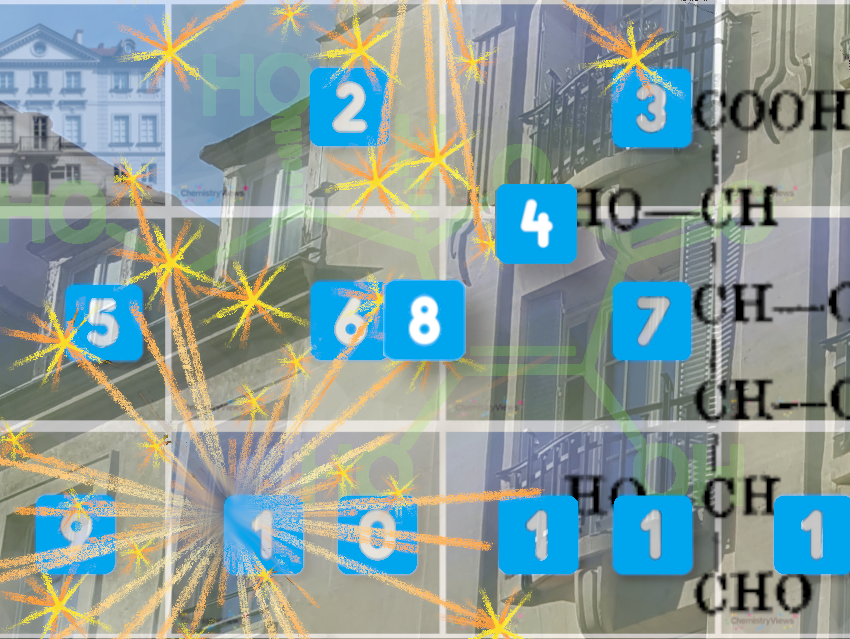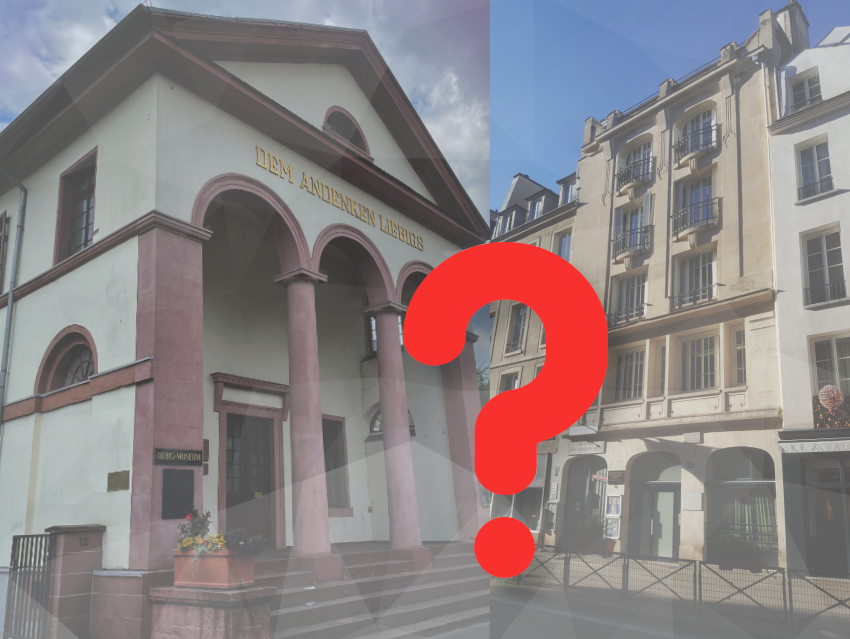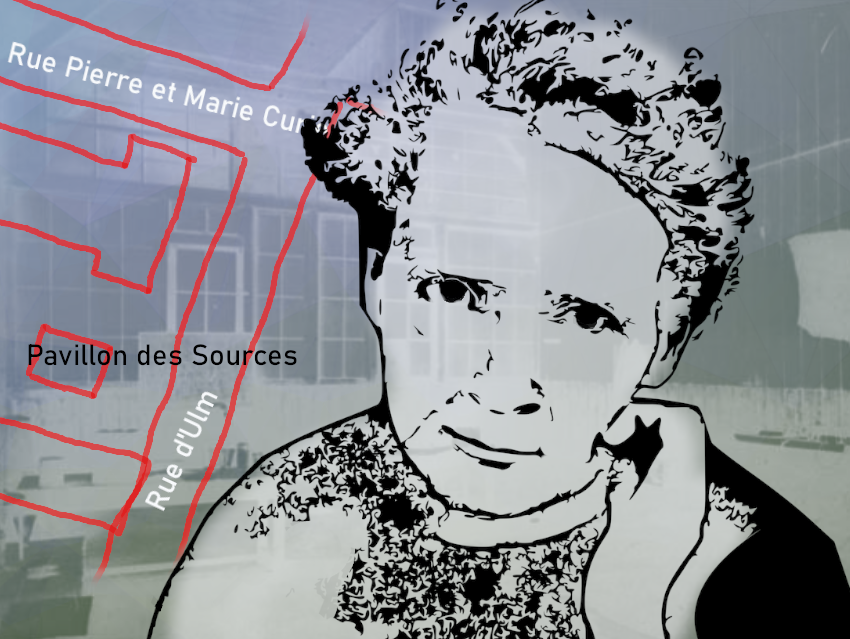Last year, the building where Marie Skłodowska-Curie and her colleagues stored and prepared radioactive material for experiments to treat cancer, has been saved from demolition at the last minute, but are the new plans a final decision? Many hope not. The Art Deco building is to be integrated into a new, five-story building.
Laboratory of Marie Curie in Paris
Maria Skłodowska-Curie, born in Warsaw, Poland, did groundbreaking work on radioactivity and the discovery of the elements polonium and radium for which she was honored by two Nobel Prizes, for Physics in 1903 and for Chemistry in 1911. She was many times the first woman, for example, to receive the Nobel Prize, but also the first to be buried in the Panthéon in Paris for her own merits. Marie Curie spent most of her life and career in Paris, France, she conducted some of her most important work on radioactive elements in a converted shed because her laboratory lacked the necessary space.
The site, also called Radium Institute (Institut du Radium), is situated in Paris’s 5th arrondissement, near the Panthéon at the corner of Rue Pierre et Marie Curie and Rue d’Ulm. A small enclosed garden, which Marie Curie personally cared for, is still present, surrounded by the Curie, Pasteur, and Sources Pavilions.
The Curie Museum (Musée Curie) is now located on the ground floor of the Curie Pavilion, preserving Marie Curie’s former office and laboratory. The original early 20th-century laboratory building is characterized by brick facades and large windows that reflect its historical use as a research facility. Here also Irène and Frédéric Joliot-Curie discovered artificial radioactivity, which earned them the 1935 Nobel Prize in Chemistry.
The museum displays historical instruments, documents, and archives related to the scientific legacy of the Curie family and the early years of radioactivity research. The museum also dedicates a part of its exhibition to the Curie Foundation, which was established in 1920 and aimed to develop radiotherapy treatments against cancer. Marie Curie herself died of leukemia in 1934, probably caused by her long-term exposure to radiation during her work.
Today, the successor of the Curie Foundation, the Institut Curie, is a leading medical, biological, and biophysical research center and still specializes in cancer research and treatment. The Curie Institute now incorporates newer buildings adjacent to the historic site, forming a cancer research center and hospital while preserving key elements of the Radium Institute.
The Dispute
The Institut Curie wants to expand on the site. The Sources Pavilion, designed by architect Henri-Paul Nénot based on the instructions of Marie and Pierre Curie, was to be demolished for this purpose. This was prevented by international protests. The idea then was to dismantle the Art Deco building stone by stone, and rebuild it at another location. This plan has now been scrapped, and the old building is to be partially integrated into the new, five-story building. It will house the Chemical Biology and Cancer scientific project and is said to welcome more than 100 researchers.
Leading heritage associations SOS Paris and Sites & Monuments, along with residents, have filed a legal appeal against this Curie Institute’s expansion project, arguing that it threatens the historic Radium Institute, where Marie Curie and her team made groundbreaking discoveries in radioactivity. Critics argue that this development threatens the architectural integrity of the site and undermines the legacy of Marie Curie. Supporters of the legal action emphasize that alternative expansion options exist, such as relocating research facilities to the Paris-Saclay Cancer Cluster (PSCC) in Villejuif, where the Curie Institute is already a partner. While acknowledging the importance of scientific progress, they insist that the expansion balance heritage preservation with research development.
The French Ministry of Culture has so far only granted protection to two laboratory rooms within the Curie Pavilion, where the museum is, rather than safeguarding the entire Radium Institute complex.
Sources
- Recours contre la dénaturation du site historique de l’Institut Curie : pour la défense de la mémoire de Marie Curie et de son illustre famille, Communiqué de presse, SOS Paris, 13 janvier 2025. (accessed February 4, 2025)
- Vincent Noce, Demolition of Marie Curie’s Paris laboratory suspended at 11th hour, The Art Newspaper 8 January 2024. (accessed February 4, 2025)
Also of Interest

Spotlight: Guess the Houses and Molecules
Discover where famous chemists lived 🏠 and who synthesized iconic molecules 🧪

Spotlight: Historic Chemists and Their Houses: Please Share Your Knowledge!
Please tell us about the houses of famous chemists you know—we’d love to publish more articles about historic residences throughout the year!





